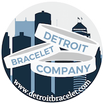|
Wear. Your. Mask. My name is Bryan Belrad, and today (May 5, 2020) marks the 50th day since I was struck by the virus that even now continues to ravage the world. I survived, though my symptoms were so severe that whether I would or not was seriously in doubt.
Because so many were having trouble understanding the severity of the pandemic, especially during the early days, I decided to document and make public the progression of my iteration of the illness. I've used photos, digital art, and a few snapshots, to show what happened to one person - me - through the course of the disease's worst phase. Since the pandemic is ongoing, this exhibition must of necessity be virtual. Perhaps that is for the best. For one thing, I never get to use fancy frames like these at a physical gallery show. More importantly, what I have to share can reach a lot more people this way. Maybe it will do some good. Day 0 This is what I looked like immediately before Covid got to me. While I've limited this gallery to 10 images, I felt it important to include this one as a baseline for comparison. Very shortly after this, I would experience rib-cracking coughing that would go on all through the night. I was forced to call in sick for the first time in over 10 years, because of my inability to get any sleep. By day 3 of this relentless coughing, I started having seizures. I fell, a lot. Things got broken, not the least of which was my head, but also included a table, a chair, and at least one plate when I collapsed into an open dishwasher. "It's just a flu" Day 9 It took me 9 days to regain enough energy to even attempt a decent picture. This was at a point when many people were saying things like "oh it's just a flu" so I knew it was important to show them that wasn't the case. My face was already banged up, but little did I know, things were just getting started. "Only the old are at risk" Day 16 On day 11, a seizure hit me while I was on a stairway. I woke up I don't know how much later, a gash on the back of my head pouring blood all over the concrete I'd fallen on. A CT scan at the local ER said my skull hadn't cracked, though that particular wound is still healing, 39 days later. It wasn't my only fall, as the photo shows. That was perhaps the most terrifying part - that I could "wink out" at any time, and regain consciousness on the kitchen floor, or tangled in the wreck of a piece of furniture, in the shower, or at the bottom of a flight of stairs, with who knew what new injuries to go along with the actual virus. "It's a hoax" Day 19 I finally had enough energy to do a proper portrait again. The location of my bumps and bruises and abrasions, particularly on my head, had changed since my last effort, and my eyes were showing a lot of blood in them. I'd been to three different medical facilities at this point. They couldn't help, only test to see which bones or organs were damaged or not. One doctor even said "We could give you antibiotics; they won't help with a virus, but I don't know what else we can do for you." "It can't affect ME" Day 22 Some injuries were healing, and eyes were completely red. They were sore too, but so was every inch of my body. I did not have the energy to do a formal portrait, but I felt it was important to document. Day 24 I put a lot of mental effort into optimism. Since I lacked the strength to physically do much, I opted create a digital artwork of some of the things I was holding on to as a way of getting through. I painted over my visible injuries and my eyes as well. My eyes especially were scaring people, and since this one was for hope and inspiration rather than "accuracy", I took away the nightmare elements. "It's only 65,000 dead" Day 27 A seizure near a heating vent resulted in my regaining consciousness with a carved up forehead. I suppose it's lucky I didn't lose an eye... from a certain point of view. On the plus side, my eyes were starting to clear, and though I was still having coughing fits, they were no longer constant, allowing me to sleep for more than 10 minutes at a time. At a few points I got almost 2 hours in one block. Day 28 Four weeks in, I wanted to fight back. It took me days to create this image, in part because of my low energy, but I believe the constant focus on determination to win against the virus actually helped. "But *I'm* not sick" Day 33 My last visit to an Urgent Care center. No regular physician would see me. I can't blame them; they wanted to protect their staff members. Bad news for me, though. The good news was my eyes were getting back to normal, and my injuries were healing. I hadn't had a seizure in almost a day, and coughing fits were a lot less frequent. While no test they could administer was in any way conclusive, it looked like I might just survive the worst. "It's complete hype" Day 40 I was still hurting but clearly in much better shape. I even had energy to make a real portrait. The coughing is less frequent, and the seizures have stopped, but I can't get a doctor to sign off on a medical release letting me go back to work, which is probably for the best, health-wise at least. My biggest hurdle from that point up to now is financial. I've been out of work for 50 days, and my sick time ran out long ago. I'm on duly-authorized medical leave, however, so I'm not "unemployed" per se, and until the most recent changes in New York policy, I did not qualify for assistance. Like millions of other New York residents, I'm waiting to hear back, wondering IF, not when, any help might be coming. By contrast, the medical bills are very prompt. They're piling up now, thousands and thousands of dollars, while I continue to deal with zero income. It's a very stressful situation, and while that too is a crisis (on top of the pandemic itself) many people everywhere are dealing with, I can safely bet that the burden of constant worry isn't helping my recovery any. And while this impossible situation isn't part of Covid itself, it is part of the experience of living (or "not dying") through this pandemic. A cruel and unnecessary part, but a very real part nonetheless. "Only in America can you survive a literal plague and still 'not make it'." Afterword: Day 100 "Most people survive." I fully intended to let this stand at Day 50, but I severely underestimated the foolishness of some of our fellow citizens. Somehow, there is still argument over the simple matter of wearing a mask in public. I'm frequently hearing nonsense statements like "most people survive" as if that somehow made the now over 120,000 deaths - almost all of those preventable - no big deal. The anti-mask (pro-death?) folk know the facts of course. Masks work. They're simple. They're (finally) widely available. They're less of a burden than having to wear shoes in a store. They are literally the least anybody can do. The problem is that people still think the odds are so strongly in their favor, it isn't even worth the trouble to bother with this most minimal of protective measures. They believe, because they want to believe, that the odds of getting sick are very low, and even if they do get sick, the odds of dying are even lower. But there's something they're failing to consider: this isn't just a matter of JUST life or death. If you survive a severe case of this virus, you don't just go back to the health you had before. You do not "bounce back". There are reports of people days or weeks post discharge who suddenly suffer strokes or heart attacks as a result of lasting damage from the virus. As for me, extensive examinations have shown me a horrifying level of detail in the severity of the destruction the virus left in its wake. To identify just a few (beyond the obvious scar on my forehead): my lungs are all but made of scar tissue now; I survived, but oxygen exchange is limited and any impurity in air quality can trigger an asthma-like attack. Vision in my right eye is reduced; I survived, but damage to the retina has limited both my area of vision and the resolution I can perceive. There are tears in my abdominal walls; one doctor warned me of "internal disembowelment" if the coughing fits persist - which they still do. Most troubling of all, there is brain damage. I survived, but I'm now prone to "glitches" of cognition that I'm not aware of, such as misspelling my own name. That particular error had to be pointed out to me by medical staff before I could see it. These are just a few examples from one person's experience. I suspect I have it much better than many others. The point, of course, is that YOU DON'T WANT THIS. You may not ever be infected with Covid, and I hope that's how it work out for you. But millions of people have it, and millions more will catch it before this is through. The odds you won't die are not as good as some people seem to think - but it isn't just whether you live or die. It's also about what life will look like for you even if you do pull through. You do not want to watch your child struggle for their last breath. You do not want to look on as your spouse starts hacking up blood, coughing so hard their ribs break. You do not want to have to live the rest of your life knowing your parent died alone and in agony. You do not want to be the asymptomatic carrier that gave it to them. And even if you're some kind of psychopath who truly does not care about any of that - you do not want to experience what I've experienced, and have to live with the permanent damage the virus inflicts on survivors. Wear. Your. Mask. https://bryanbelrad8.wixsite.com/covidexhibition © 2020 Bryan Belrad June 26, 2020 By Nina Bai As states reopen from stay-at-home orders, many, including California, are now requiring people to wear face coverings in most public spaces to reduce the spread of COVID-19. Both the Centers for Disease Control and Prevention (CDC) and the World Health Organization now recommend cloth masks for the general public, but earlier in the pandemic, both organizations recommended just the opposite. These shifting guidelines may have sowed confusion among the public about the utility of masks. But health experts say the evidence is clear that masks can help prevent the spread of COVID-19 and that the more people wearing masks, the better. We talked to UC San Francisco epidemiologist George Rutherford, MD, and infectious disease specialist Peter Chin-Hong, MD, about the CDC’s reversal on mask-wearing, the current science on how masks work, and what to consider when choosing a mask. Why did the CDC change its guidance on wearing masks? The original CDC guidance partly was based on what was thought to be low disease prevalence earlier in the pandemic, said Chin-Hong. “So, of course, you’re preaching that the juice isn’t really worth the squeeze to have the whole population wear masks in the beginning – but that was really a reflection of not having enough testing, anyway,” he said. “We were getting a false sense of security.” Rutherford was more blunt. The legitimate concern that the limited supply of surgical masks and N95 respirators should be saved for health care workers should not have prevented more nuanced messaging about the benefits of masking. “We should have told people to wear cloth masks right off the bat,” he said. Another factor “is that culturally, the U.S. wasn’t really prepared to wear masks,” unlike some countries in Asia where the practice is more common, said Chin-Hong. Even now, some Americans are choosing to ignore CDC guidance and local mandates on masks, a hesitation that Chin-Hong says is “foolhardy.” What may have finally convinced the CDC to change its guidance in favor of masks were rising disease prevalence and a clearer understanding that both pre-symptomatic and asymptomatic transmission are possible – even common. Studies have found that viral load peaks in the days before symptoms begin and that speaking is enough to expel virus-carrying droplets. “I think the biggest thing with COVID now that shapes all of this guidance on masks is that we can’t tell who’s infected,” said Chin-Hong. “You can’t look in a crowd and say, oh, that person should wear mask. There’s a lot of asymptomatic infection, so everybody has to wear a mask.” What evidence do we have that wearing a mask is effective in preventing COVID-19? There are several strands of evidence supporting the efficacy of masks. One category of evidence comes from laboratory studies of respiratory droplets and the ability of various masks to block them. An experiment using high-speed video found that hundreds of droplets ranging from 20 to 500 micrometers were generated when saying a simple phrase, but that nearly all these droplets were blocked when the mouth was covered by a damp washcloth. Another study of people who had influenza or the common cold found that wearing a surgical mask significantly reduced the amount of these respiratory viruses emitted in droplets and aerosols. But the strongest evidence in favor of masks come from studies of real-world scenarios. “The most important thing are the epidemiologic data,” said Rutherford. Because it would be unethical to assign people to not wear a mask during a pandemic, the epidemiological evidence has come from so-called “experiments of nature.” A recent study published in Health Affairs, for example, compared the COVID-19 growth rate before and after mask mandates in 15 states and the District of Columbia. It found that mask mandates led to a slowdown in daily COVID-19 growth rate, which became more apparent over time. The first five days after a mandate, the daily growth rate slowed by 0.9 percentage-points compared to the five days prior to the mandate; at three weeks, the daily growth rate had slowed by 2 percentage-points. Another study looked at coronavirus deaths across 198 countries and found that those with cultural norms or government policies favoring mask-wearing had lower death rates. Two compelling case reports also suggest that masks can prevent transmission in high-risk scenarios, said Chin-Hong and Rutherford. In one case, a man flew from China to Toronto and subsequently tested positive for COVID-19. He had a dry cough and wore a mask on the flight, and all 25 people closest to him on the flight tested negative for COVID-19. In another case, in late May, two hair stylists in Missouri had close contact with 140 clients while sick with COVID-19. Everyone wore a mask and none of the clients tested positive. Do masks protect the people wearing them or the people around them? “I think there’s enough evidence to say that the best benefit is for people who have COVID-19 to protect them from giving COVID-19 to other people, but you’re still going to get a benefit from wearing a mask if you don’t have COVID-19,” said Chin-Hong. Masks may be more effective as a “source control” because they can prevent larger expelled droplets from evaporating into smaller droplets that can travel farther. Another factor to remember, noted Rutherford, is that you could still catch the virus through the membranes in your eyes, a risk that masking does not eliminate. How many people need to wear masks to reduce community transmission? “What you want is 100 percent of people to wear masks, but you’ll settle for 80 percent,” said Rutherford. In one simulation, researchers predicted that 80 percent of the population wearing masks would do more to reduce COVID-19 spread than a strict lockdown. The latest forecast from the Institute of Health Metrics and Evaluation suggests that 33,000 deaths could be avoided by October 1 if 95 percent of people wore masks in public. Even if you live in a community where few people wear masks, you would still reduce your own chances of catching the virus by wearing one, said Chin-Hong and Rutherford. Does the type of mask matter? Studies have compared various mask materials, but for the general public, the most important consideration may be comfort. The best mask is one you can wear comfortably and consistently, said Chin-Hong. N95 respirators are only necessary in medical situations such as intubation. Surgical masks are generally more protective than cloth masks, and some people find them lighter and more comfortable to wear. The bottom line is that any mask that covers the nose and mouth will be of benefit. “The concept is risk reduction rather than absolute prevention,” said Chin-Hong. “You don’t throw up your hands if you think a mask is not 100 percent effective. That’s silly. Nobody’s taking a cholesterol medicine because they’re going to prevent a heart attack 100 percent of the time, but you’re reducing your risk substantially.” If we’re practicing social distancing, do we still need to wear masks? A mnemonic that Chin-Hong likes is the “Three W’s to ward off COVID-19:” wearing a mask, washing your hands, and watching your distance. “But of the three, the most important thing is wearing a mask,” he said. Compared to wearing a mask, cleaning your iPhone or wiping down your groceries are “just distractors.” There’s little evidence that fomites (contaminated surfaces) are a major source of transmission, whereas there is a lot of evidence of transmission through inhaled droplets, said Chin-Hong. “You should always wear masks and socially distance,” said Rutherford. “I would be hesitant to try to parse it apart. But, yes, I think mask wearing is more important.” https://www.ucsf.edu/news/2020/06/417906/still-confused-about-masks-heres-science-behind-how-face-masks-prevent nurses Beaumont, Grosse Pointe, MichiganFace masks during the COVID-19 pandemicHandwoven Indigo
$11.98
Face Masks - made With Handwoven Indigo Blue and USA made Calico Fabric, 3 layers of fabric - two color reversible manufactured to CDC guidelines Customers say that they’re “comfortable, breathable and definitely good for sensitive skin. Machine washable with hot water and dry. Ships FREE via USPS First Class Mail on orders of $35 and above. LETS WORK TOGETHER TO STAY HEALTHY...WEAR YOUR MASK! DO NOT FORGET TO WASH YOUR HANDS! Children's Mask | 2 pack
$9.98 - $11.98
Assorted Colorful Handwoven Cotton And US Made Cotton Calico Fabric 3 layers of fabric - two color reversible manufactured to CDC guidelines Customers say that they’re comfortable, breathable and definitely good for sensitive skin. Machine washable with hot water and dry. Ships FREE via USPS First Class Mail on orders of $35 and above. LETS WORK TOGETHER TO STAY HEALTHY...WEAR YOUR MASK! DO NOT FORGET TO WASH YOUR HANDS! Face Masks | Handwoven Cotton | lined with 100% USA cotton | assorted colors | 3 layered | washable | 2, 4 & 10 pcs Packs
$14.98 - $49.98
Only a few left! Face Masks - Assorted Colorful, tightly woven 100% cotton front Hand woven by indigenous artisans lined with USA made 100% cotton calico fabric 3 layers of fabric - two color reversible manufactured to CDC guidelines Customers say that they’re “comfortable, breathable and definitely good for sensitive skin. Machine washable with hot water and dry. Ships FREE via USPS First Class Mail on orders of $35 and above. LETS WORK TOGETHER TO STAY HEALTHY...WEAR YOUR MASK! DO NOT FORGET TO WASH YOUR HANDS! Face Masks | Handwoven Cotton | lined with 100% USA cotton | Black and Blue Mix | 3 layered | washable | 2, 4 & 10 pcs Packs
$14.98 - $49.98
Face Masks - Black and Blue Mix, tightly woven 100% cotton front Hand woven by indigenous artisans lined with USA made 100% cotton calico fabric 3 layers of fabric - two color reversible manufactured to CDC guidelines Customers say that they’re “comfortable, breathable and definitely good for sensitive skin. Machine washable with hot water and dry. Ships FREE via USPS First Class Mail on orders of $35 and above. LETS WORK TOGETHER TO STAY HEALTHY...WEAR YOUR MASK! DO NOT FORGET TO WASH YOUR HANDS! Peace Sign - made with 100% cotton | assorted colors | 3 layered | washable | one pcs.
$8.98 - $14.98
Only a few left! Face Masks - Assorted Colorful - made with USA 100% cotton calico fabric 3 layers of fabric - two color reversible manufactured to CDC guidelines Customers say that they’re comfortable, breathable and definitely good for sensitive skin. Machine washable with hot water and dry. Ships FREE via USPS First Class Mail on orders of $35 and above. LETS WORK TOGETHER TO STAY HEALTHY...WEAR YOUR MASK! DO NOT FORGET TO WASH YOUR HANDS! S emblemed - made with 100% cotton | assorted colors | 3 layered | washable | one pcs.
$8.98 - $14.98
Only a few left! Face Masks - Assorted Colorful - made with USA 100% cotton calico fabric 3 layers of fabric - two color reversible manufactured to CDC guidelines Customers say that they’re comfortable, breathable and definitely good for sensitive skin. Machine washable with hot water and dry. Ships FREE via USPS First Class Mail on orders of $35 and above. LETS WORK TOGETHER TO STAY HEALTHY...WEAR YOUR MASK! DO NOT FORGET TO WASH YOUR HANDS! D Detroit | Face Mask
$8.98 - $14.98
Only a few left! Face Masks - Assorted Colorful - made with USA 100% cotton calico fabric 3 layers of fabric - two color reversible manufactured to CDC guidelines Customers say that they’re comfortable, breathable and definitely good for sensitive skin. Machine washable with hot water and dry. Ships FREE via USPS First Class Mail on orders of $35 and above. LETS WORK TOGETHER TO STAY HEALTHY...WEAR YOUR MASK! DO NOT FORGET TO WASH YOUR HANDS! Custom Face Masks | 50 pcs. Pack
$324.98
Only a few left!
Assorted Colorful - made with USA 100% cotton calico fabric
3 layers of fabric - two color reversible manufactured to CDC guidelines Customers say that they’re comfortable, breathable and definitely good for sensitive skin. Washable with hot water and high heat LETS WORK TOGETHER TO STAY HEALTHY...WEAR YOUR MASK! DO NOT FORGET TO WASH YOUR HANDS! Mask | Cotton | fabric crafted in the USA | color choices | 3 layered | washable | 2 pcs Packs
$10.98
Only a few left!
Assorted Colorful - made with USA 100% cotton calico fabric
3 layers of fabric - two color reversible manufactured to CDC guidelines Customers say that they’re comfortable, breathable and definitely good for sensitive skin. Washable with hot water and high heat LETS WORK TOGETHER TO STAY HEALTHY...WEAR YOUR MASK! DO NOT FORGET TO WASH YOUR HANDS! 100% Cotton | color choices | 3 layered | washable | Face Masks | 2 pcs Packs
$11.98
Only a few left! Face Masks | Assorted Colorful - made with 100% cotton fabric 3 layers of fabric - two color reversible manufactured to CDC guidelines Customers say that they’re comfortable, breathable and definitely good for sensitive skin. Washable with hot water and high heat LETS WORK TOGETHER TO STAY HEALTHY...WEAR YOUR MASK! DO NOT FORGET TO WASH YOUR HANDS AND YOUR MASKS! |
|
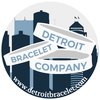


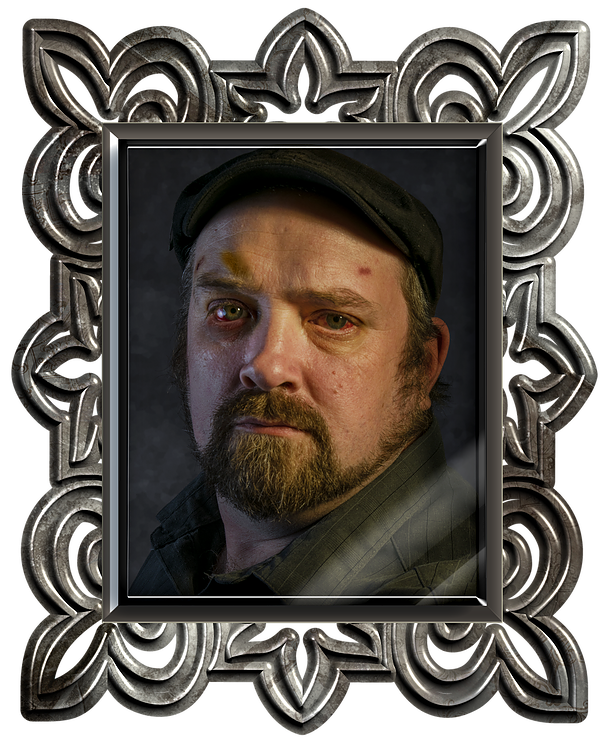

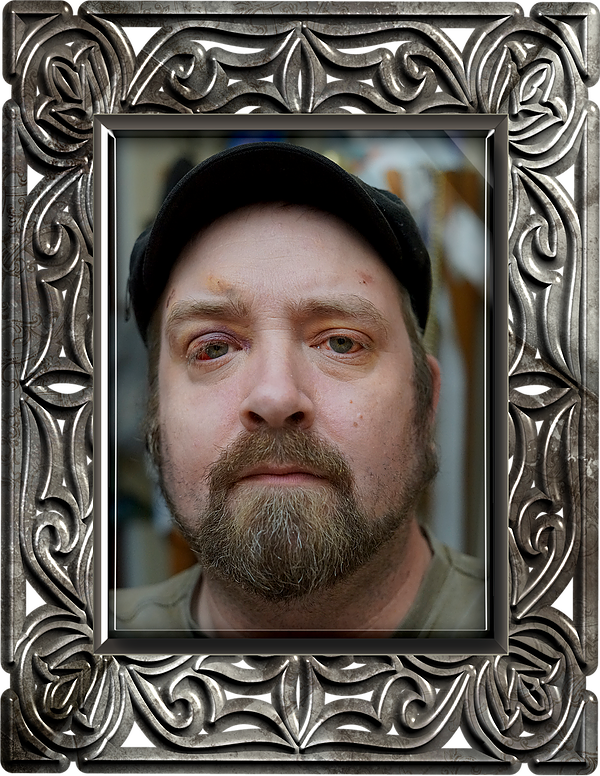
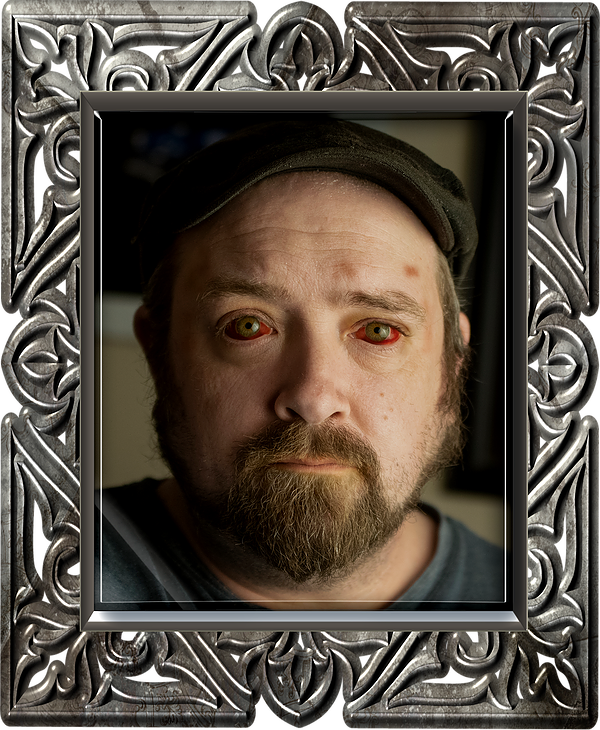
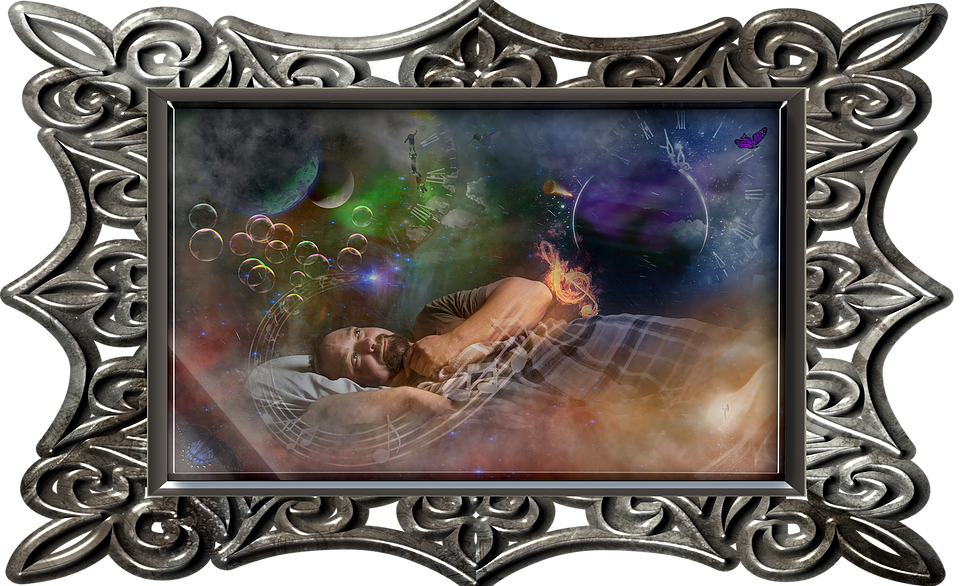
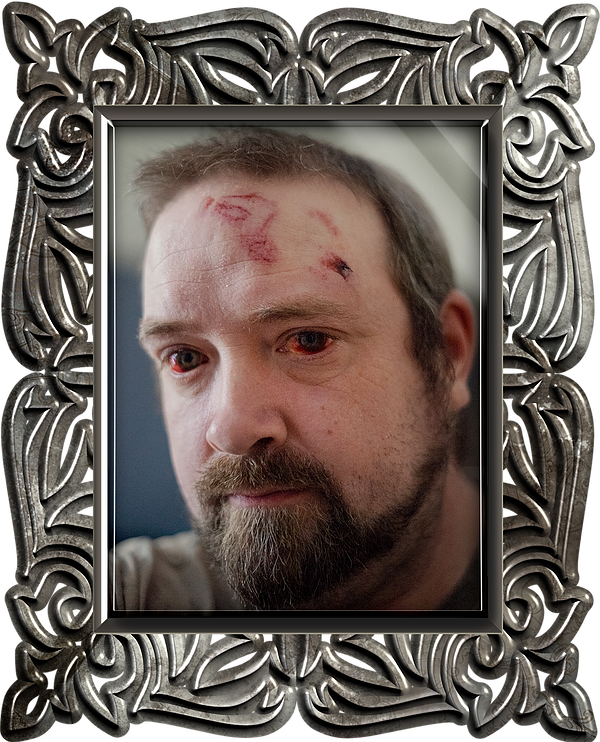

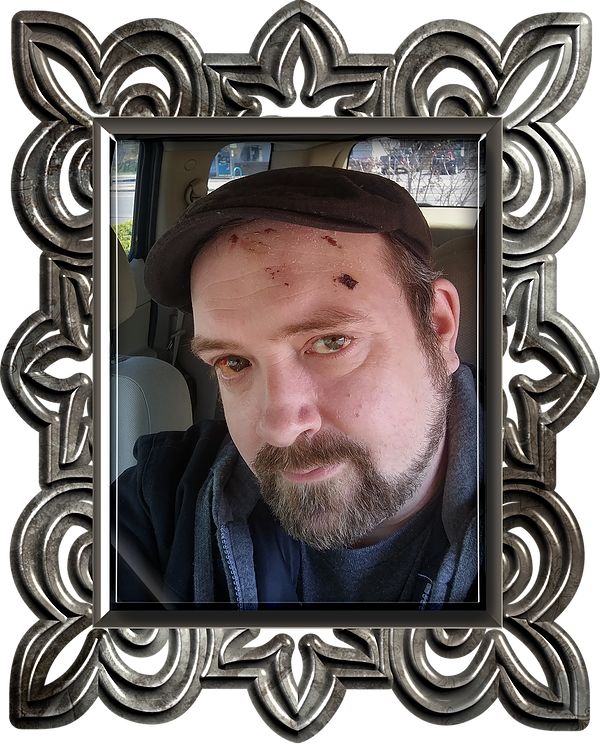


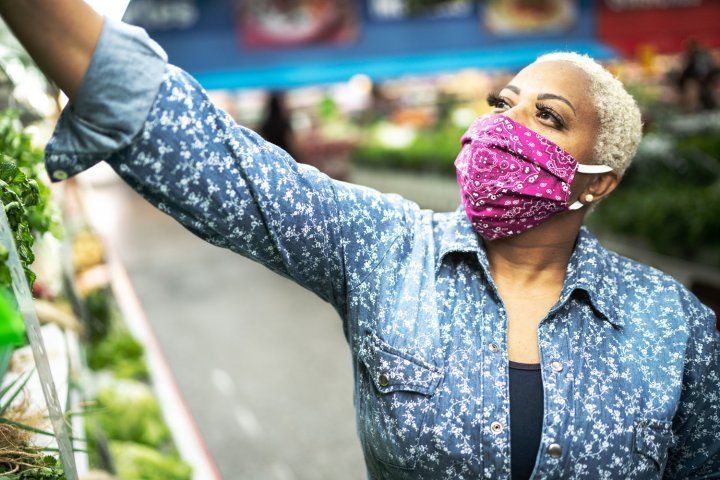
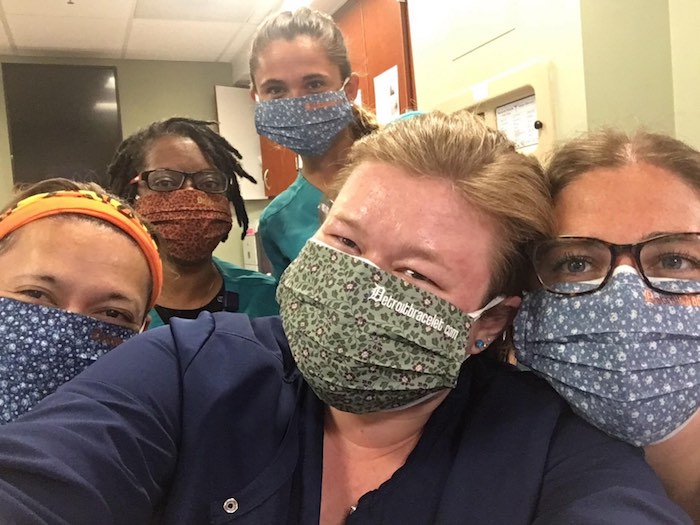
 RSS Feed
RSS Feed
